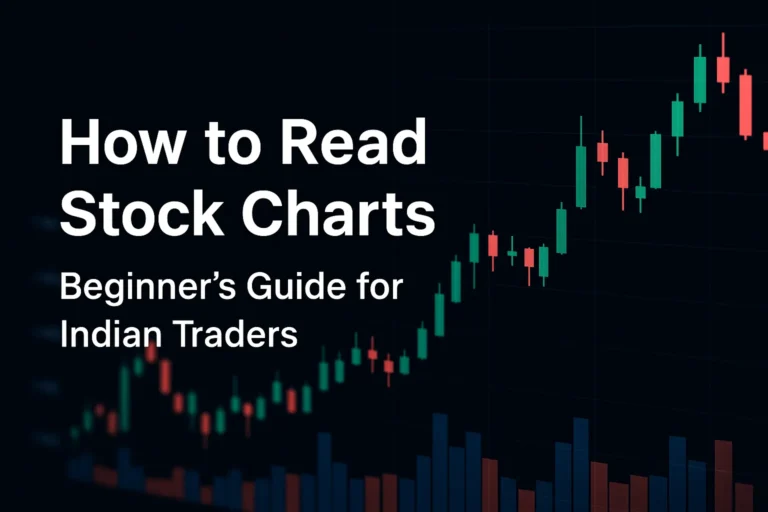How to Use Moving Averages for Stock Trading
Moving averages are one of the most widely used tools in technical analysis. Whether you’re a beginner or an experienced trader, understanding how to apply moving averages can help you identify trends, plan entries and exits, and improve your overall strategy. In this guide, we’ll explore how moving averages work and how you can effectively use them in Indian stock markets.
What Is a Moving Average?
A moving average (MA) is a line on a stock chart that smooths out price data over a specific period. It helps filter out short-term fluctuations and shows the overall trend direction.
Types of Moving Averages:
- Simple Moving Average (SMA): Average closing price over a period (e.g., 20-day SMA).
- Exponential Moving Average (EMA): Gives more weight to recent prices. Reacts faster to price changes.
Why Use Moving Averages?
Moving averages help you:
- Identify trend direction
- Filter out noise in volatile markets
- Spot support and resistance levels
- Build crossover strategies for buy/sell signals
Popular Moving Averages for Indian Stocks
- 20-day EMA/SMA: For short-term trends
- 50-day SMA: For medium-term trend tracking
- 100-day SMA: For long-term investors
- 200-day SMA: Indicates overall market sentiment
Common Moving Average Strategies
1. Crossover Strategy (Golden Cross & Death Cross)
- Golden Cross: When 50-day MA crosses above 200-day MA – bullish signal
- Death Cross: When 50-day MA falls below 200-day MA – bearish signal
2. Price and MA Interaction
- Price above MA: Bullish trend
- Price below MA: Bearish trend
You can use this for entries after a pullback in an uptrend.
3. Multiple MA Strategy
Use a combination of 20, 50, and 200-day MAs to track short, medium, and long-term trends together.
Intraday vs Positional Use
- For intraday trading, use 5 EMA, 13 EMA, and VWAP on 5-minute or 15-minute charts.
- For swing trading, use 20, 50, and 100 SMA/EMA on daily charts.
- For long-term investing, follow 200-day SMA for confirmation.
Tips for Beginners
- Always confirm signals with volume or other indicators like RSI or MACD
- Avoid overfitting with too many MAs on one chart
- Backtest strategies using platforms like TradingView or Chartink
- Use moving averages to trail your stop-loss in a trending market
Final Thoughts
Moving averages don’t predict the future but help you understand what the market is doing now. They are great for building a disciplined trading routine and work well when combined with other indicators. Mastering them is one of the first steps toward technical analysis success.
FAQs
1. Which is better: SMA or EMA?
EMA reacts faster to price changes and is better for short-term trading, while SMA is more stable for long-term views.
2. Can I use moving averages alone for trading?
While they are powerful, always combine them with volume or confirmation indicators.
3. What’s the best timeframe to use MAs?
It depends on your strategy. Intraday = 5–15 mins, swing = daily, long-term = weekly/monthly.
4. Do moving averages work in all market conditions?
They work best in trending markets and may give false signals in sideways conditions.
5. Are moving averages useful for Indian stocks?
Yes. MAs are widely used in Indian trading systems and are effective across NSE/BSE stocks.


